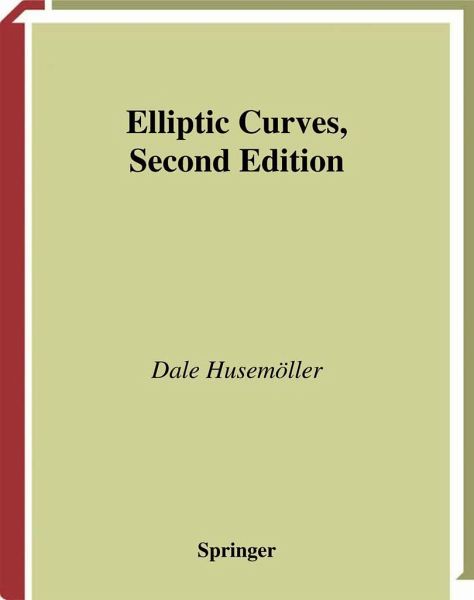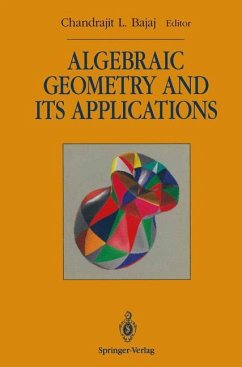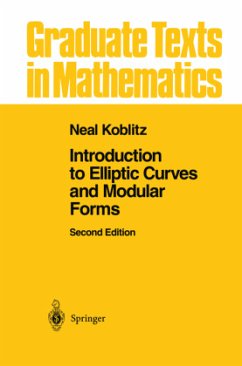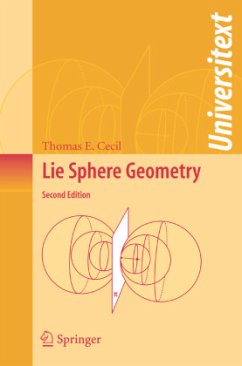
Elliptic Curves
Versandkostenfrei!
Versandfertig in über 4 Wochen
94,99 €
inkl. MwSt.
Weitere Ausgaben:

PAYBACK Punkte
47 °P sammeln!
This book is an introduction to the theory of elliptic curves, ranging from its most elementary aspects to current research. The first part, which grew out of Tate's Haverford lectures, covers the elementary arithmetic theory of elliptic curves over the rationals. The next two chapters recast the arguments used in the proof of the Mordell theorem into the context of Galois cohomology and descent theory. This is followed by three chapters on the analytic theory of elliptic curves, including such topics as elliptic functions, theta functions, and modular functions. Next, the theory of endomorphisms and elliptic curves over infinite and local fields are discussed. The book concludes with three chapters surveying recent results in the arithmetic theory, especially those related to the conjecture of the Birch and Swinnerton-Dyer. This new edition contains three new chapters and the addition of two appendices by Stefan Theisen and Otto Forster. Dale Husemöller is a member of the faculty at the Max Planck Institute of Mathematics.
There are three new appendices, one by Stefan Theisen on the role of Calabi- Yau manifolds in string theory and one by Otto Forster on the use of elliptic curves in computing theory and coding theory. In the third appendix we discuss the role of elliptic curves in homotopy theory. In these three introductions the reader can get a clue to the far-reaching implications of the theory of elliptic curves in mathematical sciences. During the ?nal production of this edition, the ICM 2002 manuscript of Mike Hopkins became available. This report outlines the role of elliptic curves in ho- topy theory. Elliptic curves appear in the form of the Weierstasse equation and its related changes of variable. The equations and the changes of variable are coded in an algebraic structure called a Hopf algebroid, and this Hopf algebroid is related to a cohomology theory called topological modular forms. Hopkins and his coworkers have used this theory in several directions, one being the explanation ofelements in stable homotopy up to degree 60. In the third appendix we explain how what we described in Chapter 3 leads to the Weierstrass Hopf algebroid making a link with Hopkins' paper.












